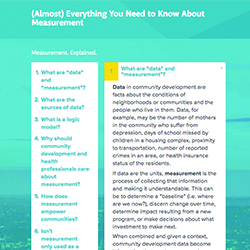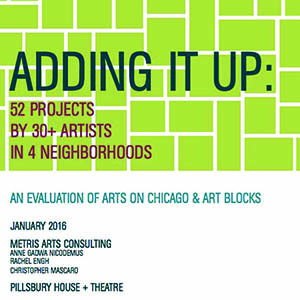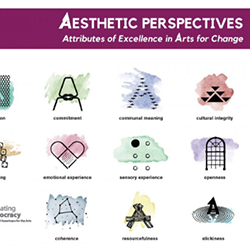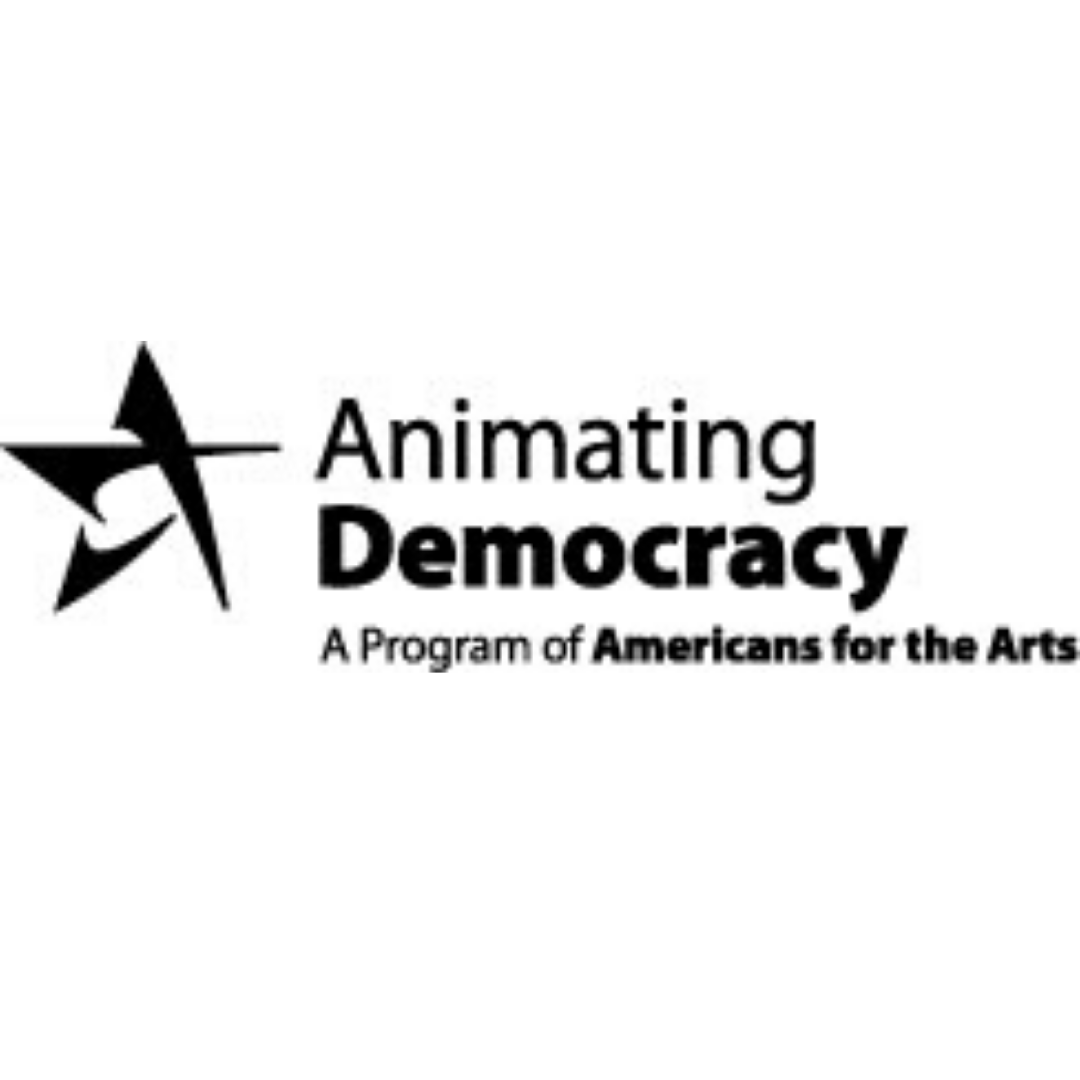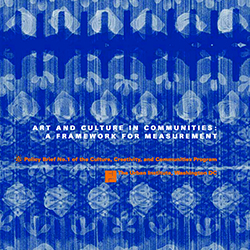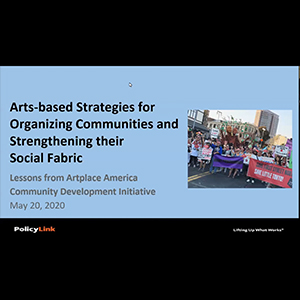(ALMOST) EVERYTHING YOU NEED TO KNOW ABOUT MEASUREMENT
Learn how to better design or change programs, provide information to engage new partners, and identify a return on investment that has value to another sector. The shared goal of data collection and measurement is to improve both community conditions and people’s lives.
290
ADDING IT UP: AN EVALUATION OF ARTS ON CHICAGO & ARTS BLOCK
Metris Arts evaluated two of Pillsbury House + Theatre’s recent “creative community development” projects, Art Blocks and Arts on Chicago. These projects supported over 30 community-based artists to engage their neighbors in creating art on the blocks where they live and in events and performances occurring in the four neighborhoods surrounding this unique hybrid arts hub/social service provider. The evaluation focused on whether and how these projects increased levels of residents’ community attachment, agency, and arts and cultural access.
AESTHETIC PERSPECTIVES: ATTRIBUTES OF EXCELLENCE IN ARTS FOR CHANGE
A framework to enhance understanding and evaluation of creative work at the intersection of arts and civic engagement, community development, and justice.
ANIMATING DEMOCRACY IMPACT WEBSITE
An online storehouse of resources that offers a A Place to Start in evaluating arts and community change; stories and examples that describe how real arts projects have been evaluated and annotated evaluation resources, tools, and frameworks in Evaluation in Action; and more.
ART AND CULTURE IN COMMUNITIES: A FRAMEWORK FOR MEASUREMENT
This brief is a product of the Arts and Culture Indicators in Community Building Project (ACIP) – the flagship initiative of the Urban Institute’s Culture, Creativity, and Communities (CCC) program. Launched in 1996 with support from the Rockefeller Foundation, ACIP seeks to integrate arts and culture-related measures into community quality-of-life indicator systems. ACIP is built on the premise that inclusion of arts, culture, and creativity is meaningful when it reflects the values and interests of a wide range of community stakeholders. This is the context in which the connection of arts, culture, and creativity to community building processes and other community dynamics can be fully understood.
ARTS-BASED STRATEGIES FOR ORGANIZING COMMUNITIES AND STRENTHENING THEIR SOCIAL FABRIC
This webinar features leaders of community-based organizations and the artists with whom they have partnered to hear the stories and learn the lessons from their local strategies and internal transformation. The webinar is based in the four-year journeys and future plans of the Little Tokyo Service Center in downtown Los Angeles and the Southwest Minnesota Housing Partnership as well as the other organizations in ArtPlace America’s Community Development Investments (CDI) initiative. Their cultural strategies to address gentrification, the conditions faced by immigrants and other critical issues provide lessons for nonprofit housing developers, community development corporations, health services providers, park associations, and economic development agencies about how these new forms of organizing and community-building really work.






